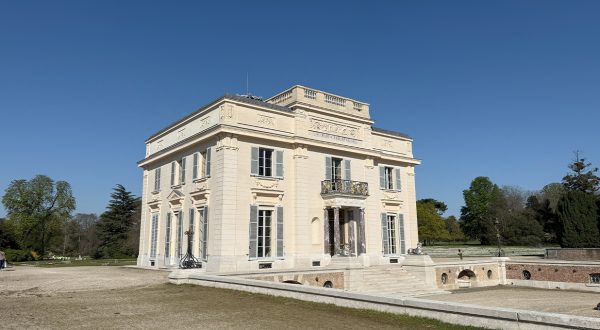The smart building is unthinkable without technical system interoperability. And optimum interoperability requires a library of digital services. Welcome to smart building automation.

It is called the “fourth fluid”, the first three (electricity, water, and climate control) being essential but complementary building functions. The fourth element, connectivity, is an additional dimension that supports the shift to the smart building.
If the smart building is to meet energy, environmental, and economic goals while offering its regular and occasional users a broad range of services, it needs a smart – i.e. highly connected – building automation system.
But connectivity is only possible if two conditions are met: the building’s technical systems must be open and they must be interoperable. “Openness is the ability of a system to make data and controls available to third-party services that in principle are unknown. Interoperability is the ability of a system to exchange information with a different system,” says VINCI Facilities Technical Director Louis Pinon.
Moving to open architecture
To what extent are these two conditions currently being met? Many buildings are certainly full of PLCs, but often these are not connected and cannot spontaneously communicate with each other because manufacturers deliberately design the technologies to be “closed”. Closed systems prevent access to data needed to optimally monitor and manage the building’s performance.
Take, for example, the fact that in many buildings with an impressive array of equipment, there is no combined monitoring system for lighting, climate control, and blinds, even though integrated management would facilitate energy performance.
“The Smart Buildings Alliance makes openness to IP an indispensable prerequisite for the smart building”
Of course, it is always possible to introduce gateways, communication PLCs, and large numbers of sensors to overcome the lack of interoperability. But this add-on approach generates additional cost and complexity. Instead, IP makes it possible to adopt open architecture once and for all. The solution lies in open systems, either standard or proprietary. “In its ‘ready2services’ building infrastructure recommendations, the Smart Buildings Alliance calls for systems to be open to IP as an indispensable prerequisite for the smart building,” says Louis Pinon.
Scalable services library
But there is a catch: in the smart building, connectivity is only useful if it is optimised. To achieve maximum performance, it is necessary to install an intermediate software layer – the Building Operating System (BOS).
The BOS functions as an “app store”: it is a library of digital services that is independent of the technical components but ensures their transparent, fluid interoperability. Also, like an app store, the BOS takes advantage of the new operations using the same operating system to allow for updates over time and thus protect the building from obsolescence. The scalable services library opens up novel prospects for the smart, augmented building.
19/03/2018


